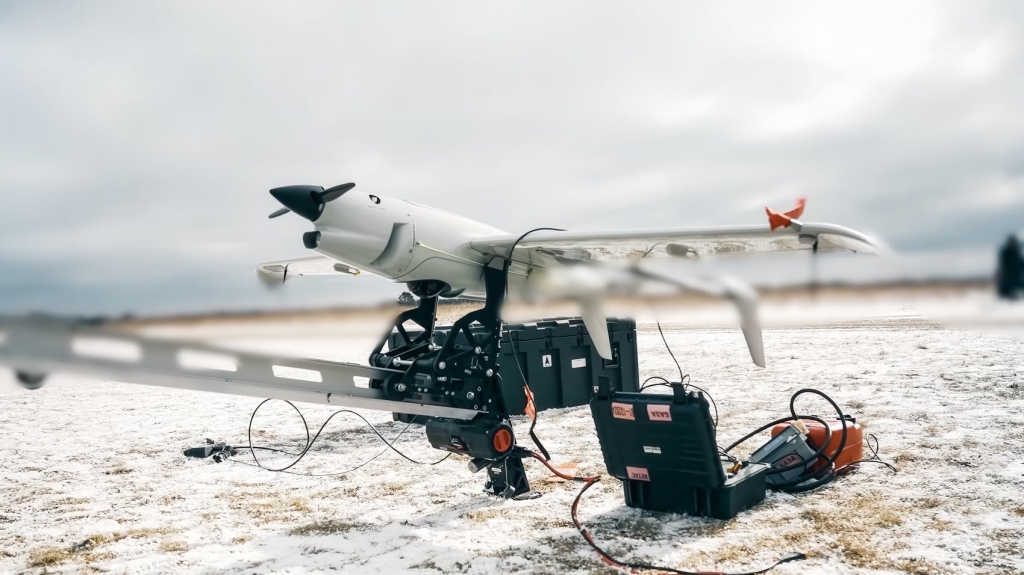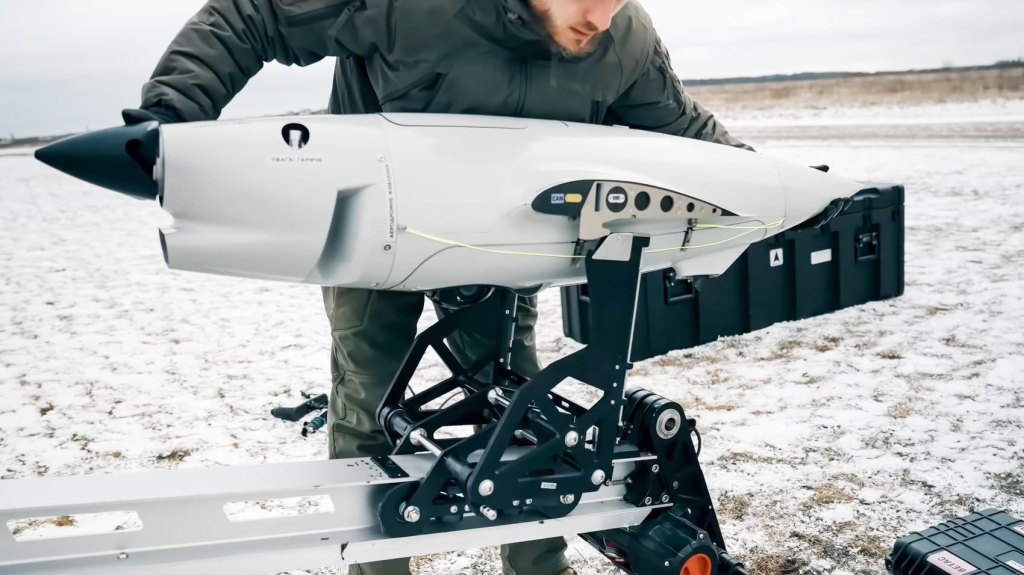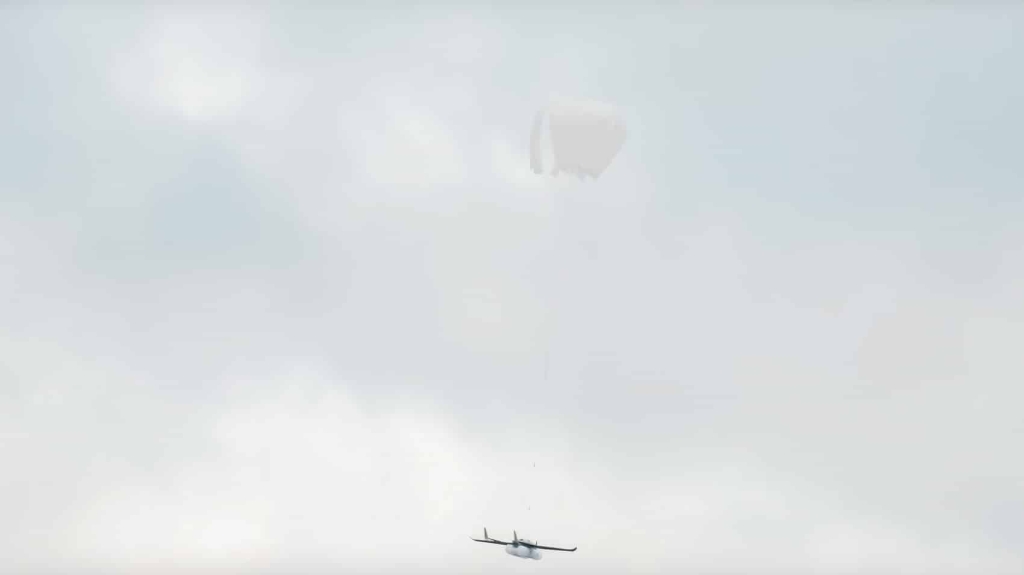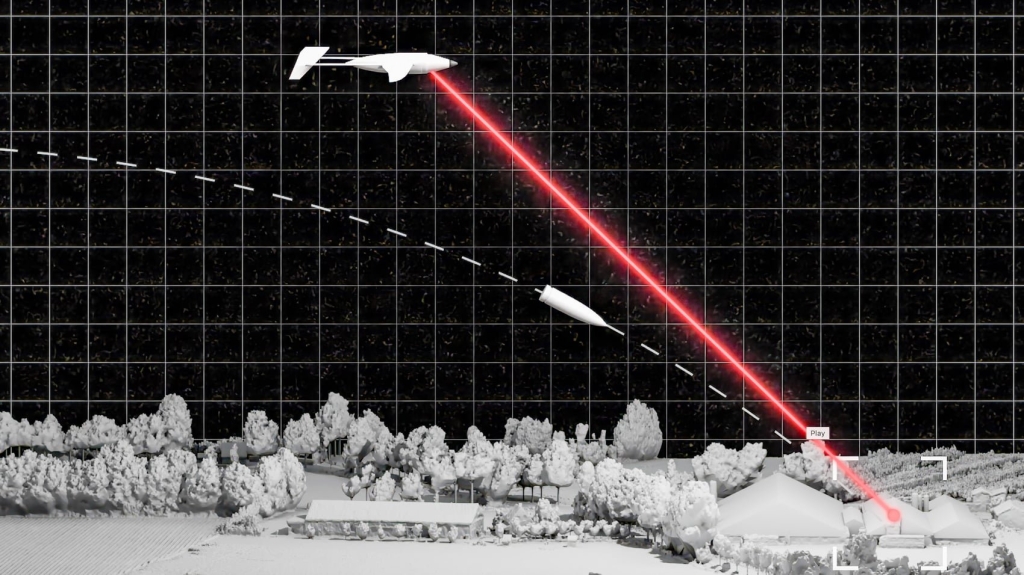Ukraine’s Raybird Drone Could Replace The UK’s Watchkeeper

Ukraine‘s battle-tested Raybird drone, with more than 350,000 combat hours, is now being considered as a possible replacement for the UK’s troubled Watchkeeper surveillance system, as United24 Media reports. The Watchkeeper is scheduled to retire in 2027 after years of technical issues, limited flight hours, and rising maintenance costs.
Developed by Skyeton, a Kyiv-based aerospace company, the Raybird has become one of Ukraine’s most reliable workhorses in the war against Russia. It has been used for intelligence, surveillance, target acquisition, and reconnaissance missions across the frontlines, often in harsh and unpredictable conditions.
Built From Real Combat Experience
The Raybird’s design reflects lessons learned directly from the battlefield. It can fly for up to 28 hours, reach speeds of 87 miles per hour, and climb to 32,808 ft (10,000 meters). It also functions in extreme weather, from –35°C to +55°C, a range that covers everything from arctic cold to desert heat.

Something really cool about this drone is that runs in regular 95-octane fuel. No generators needed, no chargers, just normal gas.
The drone is launched by catapult and recovered by parachute, allowing it to operate from rough terrain or temporary bases. That kind of versatility is essential for military units working in constantly changing environments.

Photo credit: United24 Media Youtube
Equipped with a laser designator, the Raybird can guide precision strikes with up to 80 percent hit accuracy. One of the program’s engineers said, “We were the first to adopt laser designation on the battlefield in Ukraine, and we’re still the largest platform in terms of the number of laser-guided strikes.”

Photo credit: United24 Media Youtube
Cost-Effective and Modular
Skyeton claims the Raybird is up to 500 times cheaper to operate than a manned aircraft performing the same mission. The savings come from lower fuel use, simpler logistics, and easier maintenance. It’s almost stupid-proof. Kind of a Mini 5 Pro for war. Its modular design also lets crews reconfigure it for new tasks within minutes—switching between reconnaissance and strike roles without complex adjustments.
A Skyeton representative summarized the company’s philosophy: “We want to take operators away from the frontline. Our mission is to save the lives of our pilots, our operators, and our troops by letting machines take the risk.”
Skyeton has partnered with Provel Partners, a UK defense firm led by a former Royal Marine, to bring Raybird production to Britain. The goal is to provide the UK and NATO forces with “the most battle-proven unmanned system in its class” while creating jobs and future export opportunities.
Watchkeeper’s Struggles
The UK’s Watchkeeper WK450, built by Thales UK, entered service in 2010 as part of a £1 billion program. It was intended to provide continuous aerial surveillance and reconnaissance for the British Army.
In practice, it has struggled to deliver. The fleet has logged only around 4,000 hours of flight time in fifteen years—less than two percent of Raybird’s total combat record. Several Watchkeeper drones have crashed, and the system has faced recurring software and maintenance problems.
Watchkeeper’s high cost and low reliability have made it one of the most controversial defense programs in the UK. Its planned retirement in March 2027 creates an opening for a new unmanned aerial system that is already proven under fire.
Provel Partners’ leadership believes Raybird fits that role perfectly. “We’re hoping NATO and the UK will use some of the funds already allocated to Ukraine to invest in producing these systems domestically, and then send them back to the battlefield,” they said.
If the plan succeeds, it could mark a major step forward in UK-Ukraine defense cooperation and could make Raybird a candidate for wider NATO deployment.
DroneXL’s Take
The Raybird isn’t just another prototype with promises on paper. It has already survived the toughest testing ground imaginable. Unlike many Western systems, it was shaped by necessity, not by committees or contractors.
As a drone pilot myself, I’m genuinely impressed by the Raybird’s design philosophy. Everything about it feels practical—fast deployment, easy recovery, and serious endurance. It’s the kind of drone that focuses on results, not aesthetics. If it performs in the field as it has in Ukraine, the UK could gain a reliable, cost-efficient platform that finally replaces the Watchkeeper’s long shadow.
Ukraine has shown what innovation looks like under pressure. With the Raybird, it may now have a drone that not only defends its skies but also earns a place in NATO’s next generation of unmanned aircraft.
Photo credit: United24 Media Youtube
